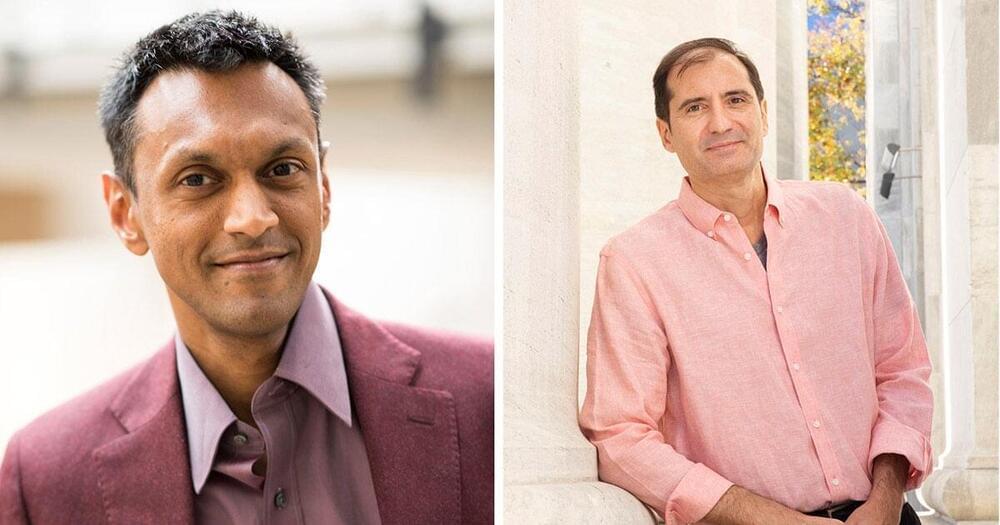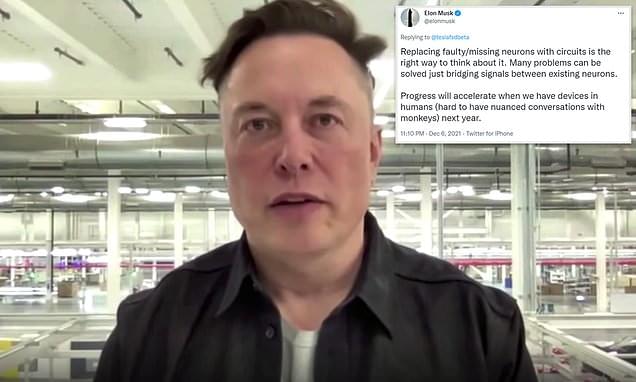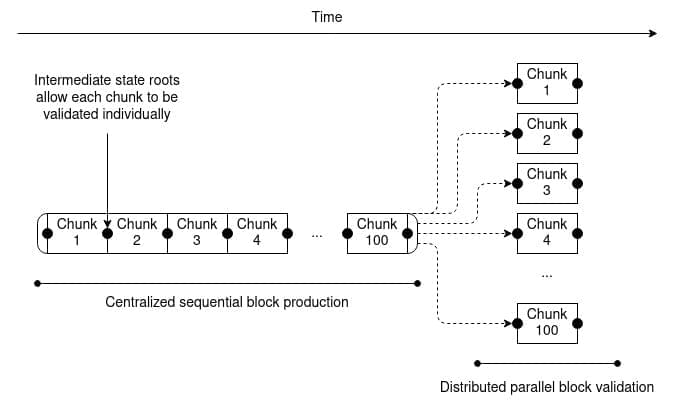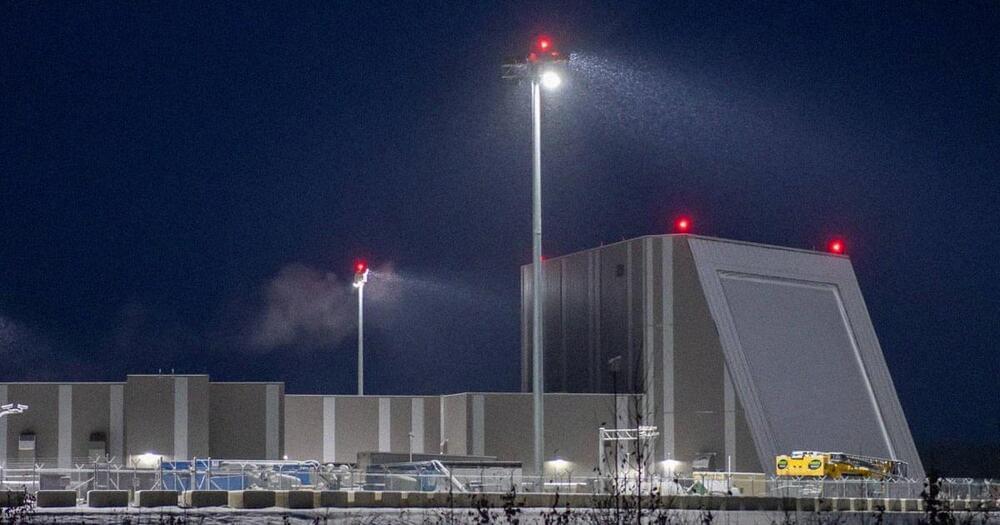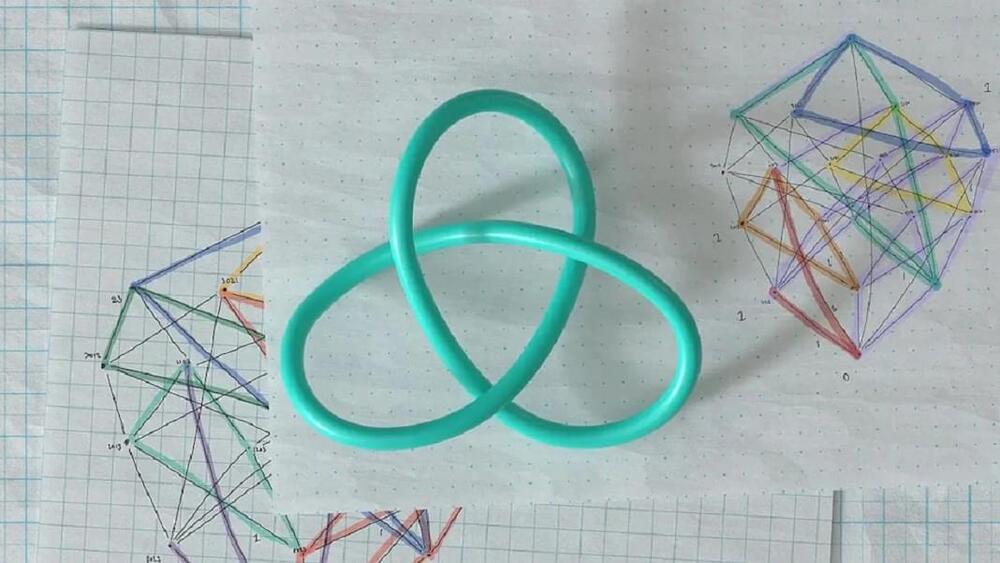A new study suggests that systems governed by quantum mechanics do not show an exclusively linear evolution in time: in this way, they are sometimes able to unfold into the past and into the future simultaneously.
An international group of physicists concludes in a recent research published in the journal Communications Physics that quantum systems that evolve in one direction or another in time can also be found evolving in unison along both directions. This property shown by quantum systems in certain contexts breaks with the classical temporal conception, in which it is only possible to move forward or backward in time.
The work, carried out by scientists from the universities of Bristol (United Kingdom), Vienna (Austria), the Balearic Islands (Spain) and the Institute of Quantum Optics and Quantum Information (IQOQI-Vienna), shows that the limit between the time that going back and forth can be blurred in quantum mechanics. According to a press release from the University of Bristol, the new study forces us to rethink how the flow of time manifests itself in contexts in which quantum laws play a fundamental role.

